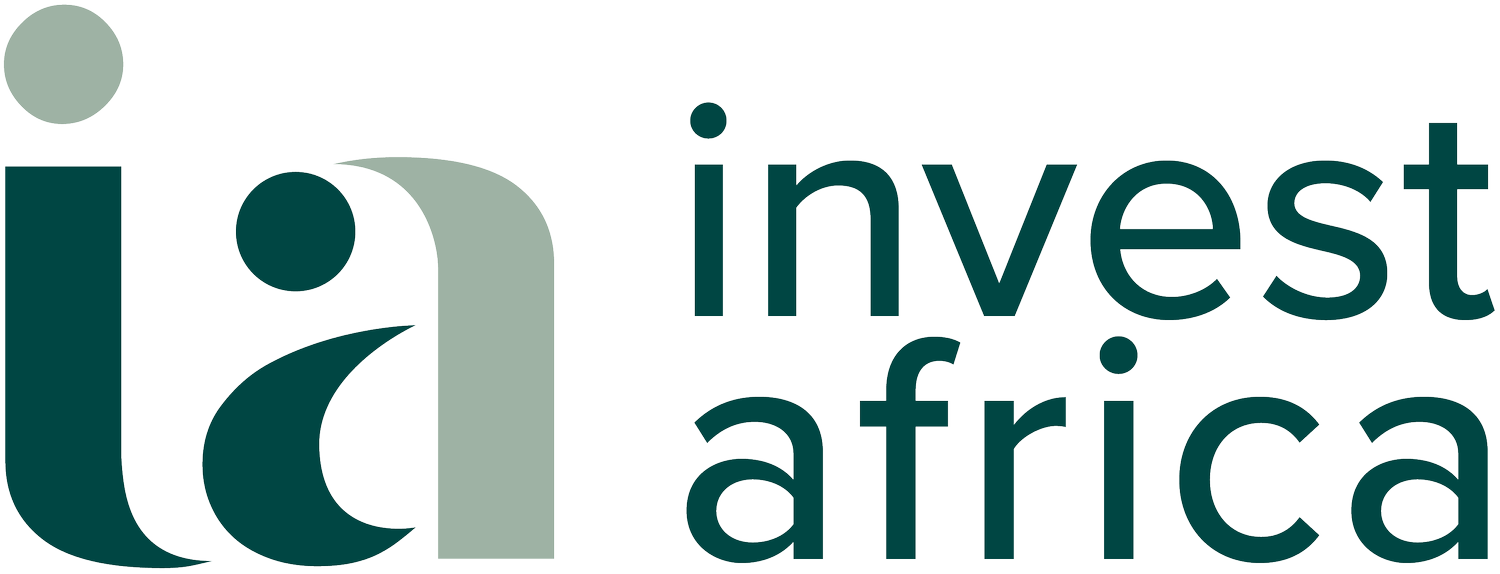Diligencia blog: The clean energy landscape in Sub-Saharan Africa
22 November 2021
Guest author: Charles Phillips
With global attention focusing on climate change and the clean energy transition, Africa is an important continent to watch in the drive for decarbonisation alongside rapid economic development. Several major initiatives are underway with a number of countries increasingly being seen as green energy leaders. Africa has abundant solar and wind resources that are poised for development. According to the International Energy Agency (IEA), the continent’s solar photovoltaics (PV) capacity could reach 320GW by 2040 under rapid expansion, up from just 5GW in 2019.1
Climate change
Despite being home to approximately 15% of the world’s population, Africa is responsible for only around 4% of global CO2 emissions.2 Rising global temperatures however have an unequal impact on the continent making it the hardest hit by climate change and the most vulnerable region in the world to changing weather patterns.3 Given that rich countries are disproportionately responsible for climate change to date, African negotiators at COP26 had called for US$1.3 trillion per year in climate finance from rich countries to poor countries to help fund adaptation and mitigation efforts.4 These calls were not heeded however and the climate finance debate remains unresolved. Nevertheless vast investments will be needed for Africa to act on climate. Adaptation is a top priority for the region while also transitioning to and developing a clean energy system.
Energy access and off-grid solutions
A major challenge facing many African countries today is balancing between the priorities of increasing energy access to underserved populations, ensuring economic growth, and achieving decarbonisation. Sub-Saharan Africa has the greatest need worldwide when it comes to addressing energy access.5 Over 570 million people, two-thirds of the region’s population, do not have access to electricity. Off-grid solar home and mini-grid systems provide a cost-effective solution, particularly for rural areas where grid-based electrification can be cost-prohibitive. They can also be used to phase out large-scale use of diesel generators. Companies such as M-KOPA, Bboxx, ZOLA Electric and Lumos are providing electricity to thousands of households across the continent in the form of home and mini-grid solar systems on a pay-as-you-go basis.6
Major clean energy players
Despite having a long history in coal production, South Africa has become a leader on the continent in renewables and clean energy. In 2020 the country had in installed capacity of 2.5GW in wind power, making it by far the largest wind power market in Africa.7 South Africa has implemented a successful renewable energy procurement process and in 2019 the country introduced a carbon tax targeting emissions from fossil fuel combustion and industrial processes.8 One of the major successes to come out of COP26 was a deal to help South Africa accelerate its decarbonisation by providing funding to support early retirement of coal power plants and develop cleaner energy sources. The deal, funded by the US, UK, France, Germany, and the EU provides US$8.5 billion in grants and cheap loans over the next five years.9
Kenya has made significant progress in deploying renewables and has a plan to reach 100% clean energy by 2030 utilising solar, wind, hydroelectric and geothermal power.10 Nigeria on the other hand, which faces large energy access challenges, has a target for 30% of its electricity to come from renewables by 2030.11 In November 2021 Namibia awarded HYPHEN Hydrogen Energy a contract to develop the country’s first large-scale green hydrogen project worth US$9.4 billion which will produce 300,000 tonnes of hydrogen per year for regional and global markets.12
Ethiopia looks set to become a major clean energy hub on the continent. In August 2021, the country unveiled a major plan to develop US$40 billion worth of clean energy projects and boost electricity generating capacity to 35 GW by 2037. The projects will include 16 hydro-power, 24 wind, 17 steam, and 14 solar projects. As part of this, Siemens Gamesa is developing a 100 MW wind farm in the country while ACWA Power is building two 125 MW solar plants. Of particular significance, the country is nearing completion of its Grand Ethiopian Renaissance Dam which will deliver 6.45 GW electricity to millions of Ethiopians. Built by Italian company Webuild at a cost of around US$5 billion, the project will be the largest hydroelectric power plant in Africa and the 8th largest in the world.13
About the author: Charles Phillips is a researcher and consultant specialising in energy and climate change policy in the Middle East. He has an MPhil in Modern Middle Eastern Studies from the University of Oxford and a BA in International Relations from the University of Exeter. His work has included extended periods of in-country field research in Saudi Arabia, the UAE, Qatar, Turkey, Palestine, Egypt, Morocco, Kenya, Ghana, and Nigeria.
READ ALSO
The outlook for Carbon Capture and Storage in the Gulf states
Climate initiatives in the Gulf: the changing energy landscape in the run up to COP26
Diligencia to focus on clean energy in the Middle East & Africa
Accelerating renewable energy growth in Ghana
FOOTNOTES
IEA Africa Outlook 2019
AC 23Apr21
BBC 15Dec19
Quartz 15Nov21
WB May2019 article
OBG Ghana Report 2020
GWEC 04Mar21
Brookings 06Jan20
FP 12Nov21
Press release 02Nov21
CNBCAfrica 15Nov21
ESI 15Nov21
